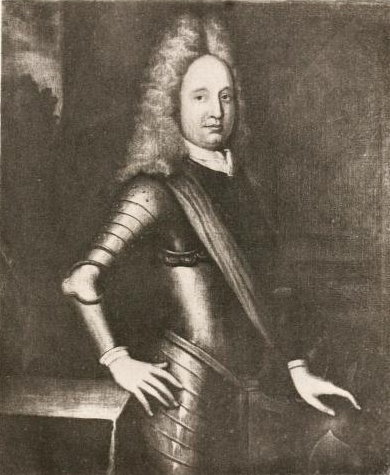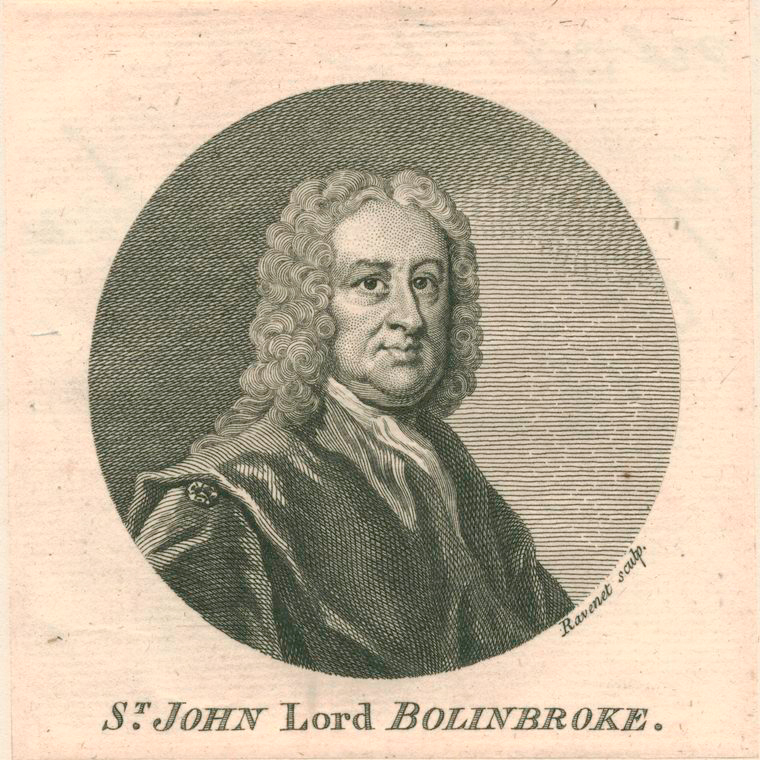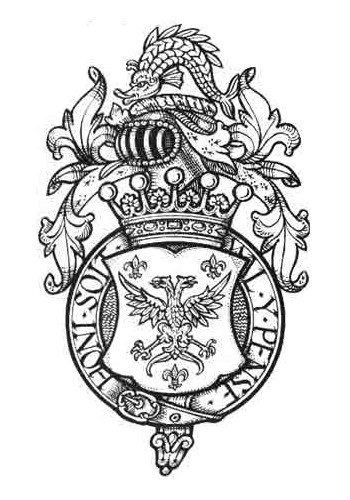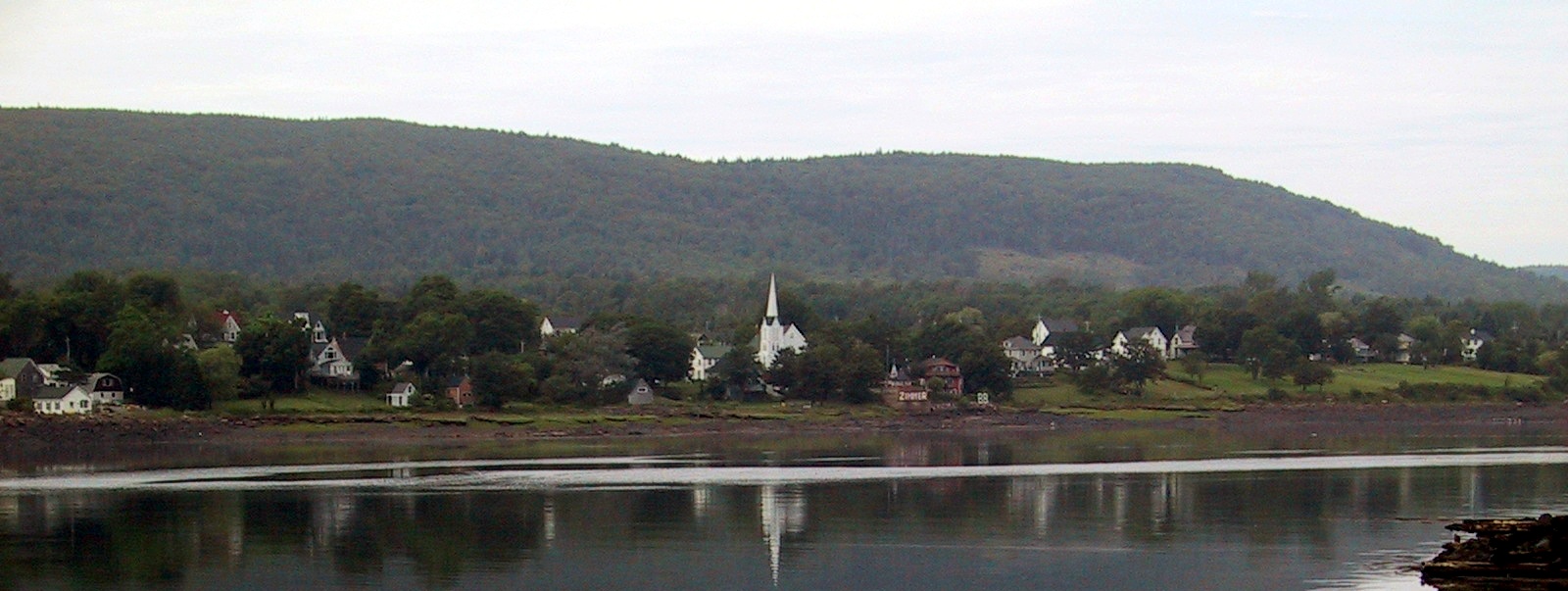|
Quebec Expedition
The Quebec Expedition, or the Walker Expedition to Quebec, was a British attempt to attack Quebec in 1711 in Queen Anne's War, the North American theatre of the War of Spanish Succession. It failed when seven transports and one storeship were wrecked and some 850 soldiers drowned in one of the worst naval disasters in British history. The expedition was planned by the administration of Robert Harley, chief minister of the crown, and was based on plans originally proposed in 1708. Harley decided to mount the expedition as part of a major shift in British military policy, emphasizing strength at sea. The expedition's leaders, Admiral Hovenden Walker and Brigadier-General John Hill, were chosen for their politics and connections to the crown, and its plans were kept secret even from the Admiralty. French agents were able to discover British intentions and warn authorities in Quebec. The expedition expected to be fully provisioned in Boston, the capital of colonial Massachuset ... [...More Info...] [...Related Items...] OR: [Wikipedia] [Google] [Baidu] |
Henry St John, 1st Viscount Bolingbroke
Henry St John, 1st Viscount Bolingbroke (; 16 September 1678 – 12 December 1751) was an English politician, government official and political philosopher. He was a leader of the Tories, and supported the Church of England politically despite his antireligious views and opposition to theology.See e.g., Henry St. John Viscount Bolingbroke, "Letters or Essays Addressed to Alexander Pope: Introduction"''The Works of Lord Bolingbroke: With a Life, Prepared Expressly for This Edition, Containing Additional Information Relative to His Personal and Public Character,'' (Philadelphia: Carey and Hart, 1841) Vol 3, pp. 40–64. Also available on Project Gutenberg as "Letter to Alexander Pope" i ''Letters to Sir William Windham and Mr. Pope''D'Holbach, Baronparagraph 206 He supported the Jacobite rebellion of 1715 which sought to overthrow the new king George I. Escaping to France he became foreign minister for the Pretender. He was attainted for treason, but reversed course and was ... [...More Info...] [...Related Items...] OR: [Wikipedia] [Google] [Baidu] |
Saint Lawrence River
The St. Lawrence River (french: Fleuve Saint-Laurent, ) is a large river in the middle latitudes of North America. Its headwaters begin flowing from Lake Ontario in a (roughly) northeasterly direction, into the Gulf of St. Lawrence, connecting the American Great Lakes to the North Atlantic Ocean, and forming the primary drainage outflow of the Great Lakes Basin. The river traverses the Canadian provinces of Ontario and Quebec, as well as the U.S. state of New York, and demarcates part of the international boundary between Canada and the United States. It also provides the foundation for the commercial St. Lawrence Seaway. Names Originally known by a variety of names by local First Nations, the St. Lawrence became known in French as ''le fleuve Saint-Laurent'' (also spelled ''St-Laurent'') in 1604 by Samuel de Champlain. Opting for the ''grande riviere de sainct Laurens'' and ''fleuve sainct Laurens'' in his writings and on his maps, de Champlain supplanted previous Fre ... [...More Info...] [...Related Items...] OR: [Wikipedia] [Google] [Baidu] |
John Churchill, 1st Duke Of Marlborough
General John Churchill, 1st Duke of Marlborough, 1st Prince of Mindelheim, 1st Count of Nellenburg, Prince of the Holy Roman Empire, (26 May 1650 – 16 June 1722 O.S.) was an English soldier and statesman whose career spanned the reigns of five monarchs. From a gentry family, he served first as a page at the court of the House of Stuart under James, Duke of York, through the 1670s and early 1680s, earning military and political advancement through his courage and diplomatic skill. Churchill's role in defeating the Monmouth Rebellion in 1685 helped secure James on the throne, but he was a key player in the military conspiracy that led to James being deposed during the Glorious Revolution. Rewarded by William III with the title Earl of Marlborough, persistent charges of Jacobitism led to his fall from office and temporary imprisonment in the Tower of London. William recognised his abilities by appointing him as his deputy in Southern Netherlands (modern-day Belgium) be ... [...More Info...] [...Related Items...] OR: [Wikipedia] [Google] [Baidu] |
Anne, Queen Of Great Britain
Anne (6 February 1665 – 1 August 1714) was Queen of England, Scotland and Ireland from 8 March 1702 until 1 May 1707. On 1 May 1707, under the Acts of Union, the kingdoms of England and Scotland united as a single sovereign state known as Great Britain. Anne continued to reign as Queen of Great Britain and Ireland until her death. Anne was born in the reign of Charles II to his younger brother and heir presumptive, James, whose suspected Roman Catholicism was unpopular in England. On Charles's instructions, Anne and her elder sister Mary were raised as Anglicans. Mary married their Dutch Protestant cousin, William III of Orange, in 1677, and Anne married Prince George of Denmark in 1683. On Charles's death in 1685, James succeeded to the throne, but just three years later he was deposed in the Glorious Revolution of 1688. Mary and William became joint monarchs. Although the sisters had been close, disagreements over Anne's finances, status, and choice of acquaintances ar ... [...More Info...] [...Related Items...] OR: [Wikipedia] [Google] [Baidu] |
Sidney Godolphin, 1st Earl Of Godolphin
Sidney Godolphin, 1st Earl of Godolphin, (15 June 1645 – 15 September 1712) was a leading British politician of the late 17th and the early 18th centuries. He was a Privy Councillor and Secretary of State for the Northern Department before he attained real power as First Lord of the Treasury. He was instrumental in negotiating and passing the Acts of Union 1707 with Scotland, which created the Kingdom of Great Britain. He had many other roles, including that of Governor of Scilly. Family and early career He came from an ancient Cornish family as the son of Sir Francis Godolphin (1605–1667) and nephew of the poet Sidney Godolphin. At the Restoration, he was introduced into the royal household by King Charles II of England, whose favourite he had become, and he also entered the House of Commons as member for Helston, in Cornwall. Although he spoke few words before the House, they were so to the point that he "gradually acquired a reputation as its chief if not its on ... [...More Info...] [...Related Items...] OR: [Wikipedia] [Google] [Baidu] |
Godolphin Ministry
Godolphin is a Cornish aristocratic family name and may refer to: * Baron Godolphin, an English title of nobility *Earl of Godolphin, an English title of nobility *Godolphin and Latymer School, an independent school for girls in London (formerly the Godolphin School) *Godolphin Arabian, an 18th-century racehorse owned by Francis Godolphin, 2nd Earl of Godolphin *Godolphin Cross, a village in southwest Britain *Godolphin Estate, a National Trust property, and former seat of the Godolphin family, situated in Godolphin Cross, United Kingdom * Godolphin Ministry, the ministry of Sidney Godolphin, 1st Earl of Godolphin *Godolphin (racing), a thoroughbred racing stable *Godolphin School, an independent boarding school for girls in Salisbury, Wilts, United Kingdom * Godolphin (novel), a novel by Edward Bulwer-Lytton published in 1833 and revised in 1840 See also * Francis Godolphin (other) * Sidney Godolphin (other) *William Godolphin (other) William Godolphi ... [...More Info...] [...Related Items...] OR: [Wikipedia] [Google] [Baidu] |
Jeremiah Dummer
Jeremiah Dummer (1681 – May 19, 1739) was an important colonial figure for New England in the early 18th century. His most significant contributions to American history were his ''A Defense of the New England Charters'' and his role in the formation of Yale College. Background and early life Jeremiah Dummer's family history can be traced back to the Dummer village in England in the 12th century. Dummer's grandfather, Richard Dummer, was the first in the family to settle in New England, in Newbury, Massachusetts in 1635. Richard had five children in Newbury by his second wife, Francis Burr Dummer. Richard's son, Jeremiah Dummer, Sr., was a prominent colonial craftsman and one of the original silversmiths born in the Americas. In 1672, he married Anna Atwater. Jeremiah Jr., the sixth of their nine children, was born in Boston in 1681. Jeremiah Jr.'s historical significance would eclipse that of his father, who has been said to have been "A man of rare versatility for the ... [...More Info...] [...Related Items...] OR: [Wikipedia] [Google] [Baidu] |
Francis Nicholson
Lieutenant-General Francis Nicholson (12 November 1655 – ) was a British Army general and colonial official who served as the Governor of South Carolina from 1721 to 1725. He previously was the Governor of Nova Scotia from 1712 to 1715, the Governor of Virginia from 1698 to 1705, the Governor of Maryland from 1694 to 1698, the Lieutenant Governor of Virginia from 1690 to 1692, and the Lieutenant Governor of the Dominion of New England from 1688 to 1689. Nicholson's military service included time in Africa and Europe, after which he was sent to North America as leader of the troops supporting Governor, Sir Edmund Andros in the Dominion of New England. There he distinguished himself, and was appointed lieutenant governor of the Dominion in 1688. After news of the Glorious Revolution and the overthrow of King James II reached the colonies in 1689, Andros was himself overthrown in the Boston Revolt. Nicholson himself was soon caught up in the civil unrest from Leisler's Rebellio ... [...More Info...] [...Related Items...] OR: [Wikipedia] [Google] [Baidu] |
Annapolis Royal, Nova Scotia
Annapolis Royal, formerly known as Port Royal, is a town located in the western part of Annapolis County, Nova Scotia, Canada. Today's Annapolis Royal is the second French settlement known by the same name and should not be confused with the nearby 1605 French settlement at the Port-Royal National Historic Site also known as the Habitation. In 1629 Scottish settlers established Charles Fort at a new location, but it was ceded to France in 1632 and became the second Port-Royal. This newer French settlement was renamed in honour of Queen Anne following the siege of Port Royal in 1710 by Britain. The town was the capital of Acadia and later Nova Scotia for almost 150 years, until the founding of Halifax in 1749. It was attacked by the British six times before permanently changing hands after the siege of Port Royal in 1710. Over the next fifty years, the French and their allies made six unsuccessful military attempts to regain the capital. Including a raid during the American R ... [...More Info...] [...Related Items...] OR: [Wikipedia] [Google] [Baidu] |
Acadia
Acadia (french: link=no, Acadie) was a colony of New France in northeastern North America which included parts of what are now the Maritime provinces, the Gaspé Peninsula and Maine to the Kennebec River. During much of the 17th and early 18th centuries, Norridgewock on the Kennebec River and Castine at the end of the Penobscot River were the southernmost settlements of Acadia. The French government specified land bordering the Atlantic coast, roughly between the 40th and 46th parallels. It was eventually divided into British colonies. The population of Acadia included the various indigenous First Nations that comprised the Wabanaki Confederacy, the Acadian people and other French settlers. The first capital of Acadia was established in 1605 as Port-Royal. An English force from Virginia attacked and burned down the town in 1613, but it was later rebuilt nearby, where it remained the longest-serving capital of French Acadia until the British siege of Port Royal in 17 ... [...More Info...] [...Related Items...] OR: [Wikipedia] [Google] [Baidu] |
Siege Of Port Royal (1710)
The siege of Port Royal (5–13 October 1710),Dates in this article are given in the New Style; many older English accounts use Old Style dates for this action: 24 September to 2 October also known as the Conquest of Acadia, was a military siege conducted by British regular and provincial forces under the command of Francis Nicholson against a French Acadian garrison and the Wabanaki Confederacy under the command of Daniel d'Auger de Subercase, at the Acadian capital, Port Royal. The successful British siege marked the beginning of permanent British control over the peninsular portion of Acadia, which they renamed Nova Scotia, and it was the first time the British took and held a French colonial possession.According to , prior to 1710, English forces had only raided, sacked, and temporarily occupied French colonial possessions. Other territories the English conquered came at the expense of other nations or aboriginals. After the French surrender, the British occupied the fort ... [...More Info...] [...Related Items...] OR: [Wikipedia] [Google] [Baidu] |








